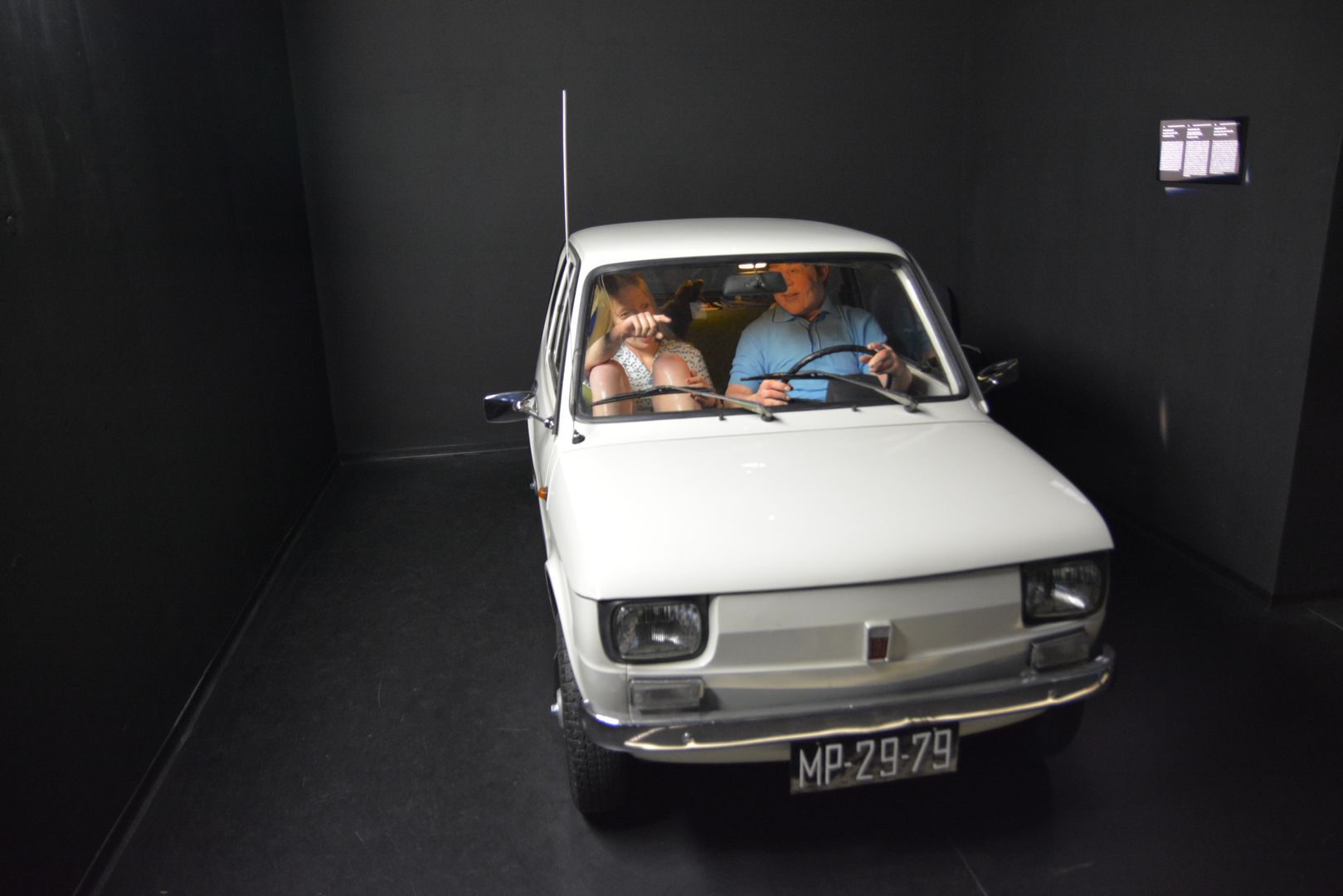Dialogue Center "Breakthroughs"
8.22

Overview
The "Crossroads" Dialogue Center is an exhibition pavilion of the National Museum in Szczecin, aimed at educating the public and presenting the modern history of Szczecin and Western Pomerania. Designed by KWK Promes, led by Robert Konieczny, the Center is located underground, integrated with Solidarity Square, which is also home to the Monument to the Victims of December 1970. Opened to the public on January 25, 2016, its exhibition focuses on key historical moments of the region, including the social uprisings of 1970, 1981, and 1989, which contributed to Poland’s regained sovereignty. The origins of the Center are rooted in the historical context of Western Pomerania, where after World War II, the population shifted from German to Polish. During the communist era, objective research on the region’s history was suppressed, leading to Szczecin’s marginalization in broader historical narratives. The first exhibitions on this topic were held at the National Museum, and the idea of establishing a "museum of breakthroughs" was proposed by journalist Agnieszka Kuchcińska-Kurcz. Thanks to collaboration between regional and municipal authorities, the project was realized, largely funded by European funds. The architectural design, with most of the building located underground, aims to emphasize the history and significance of the site in the context of protests. The permanent exhibition is divided into several sections, covering topics such as the origins of the Pomeranian community, the events of December 1970, and August 1980. Temporary exhibitions complement the permanent display with current themes. The Center engages in educational activities, organizing lectures, debates, and events commemorating significant moments in the region’s history. Notable are its diverse workshops and historical reenactments, which actively involve the local community, reminding them of key events and figures that shaped Poland’s modern history.
Location
District
City center
City
Szczecin
Tertiary Administrative Division
Kolbaskowo
County
Gryfino County
Country
Tickets
Powered by GetYourGuide
2025 Wizytor | All Rights Reserved